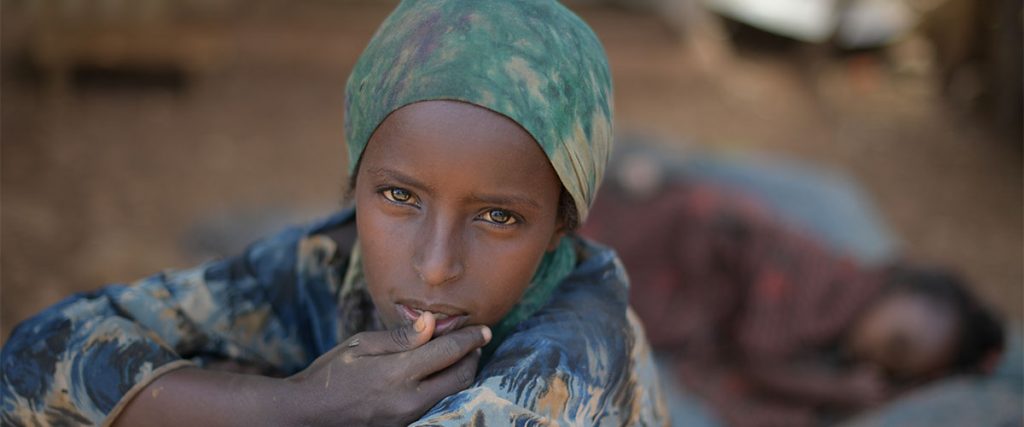
The world’s 1.1 billion girls are a source of power, energy, and creativity – and the millions of girls in emergencies are no exception. This year’s International Day of the Girl (IDG) on October 11 marks the beginning of a year-long effort to spur global attention and action to the challenges and opportunities girls face before, during, and after crises.
Background
On December 19, 2011, United Nations General Assembly adopted Resolution 66/170 to declare October 11 as the International Day of the Girl Child, to recognize girls’ rights and the unique challenges girls face around the world.
The International Day of the Girl Child focuses attention on the need to address the challenges girls face and to promote girls’ empowerment and the fulfilment of their human rights.
Adolescent girls have the right to a safe, educated, and healthy life, not only during these critical formative years, but also as they mature into women. If effectively supported during the adolescent years, girls have the potential to change the world – both as the empowered girls of today and as tomorrow’s workers, mothers, entrepreneurs, mentors, household heads, and political leaders. An investment in realising the power of adolescent girls upholds their rights today and promises a more equitable and prosperous future, one in which half of humanity is an equal partner in solving the problems of climate change, political conflict, economic growth, disease prevention, and global sustainability.
Over the last 15 years, the global community has made significant progress in improving the lives of girls during early childhood. In 2015, girls in the first decade of life are more likely to enrol in primary school, receive key vaccinations, and are less likely to suffer from health and nutrition problems than were previous generations. However, there has been insufficient investment in addressing the challenges girls face when they enter the second decade of their lives. This includes obtaining quality secondary and higher education, avoiding child marriage, receiving information and services related to puberty and reproductive health, and protecting themselves against unwanted pregnancy, sexually transmitted disease and gender-based violence.
As the global community launches the Sustainable Development Goals (SDGs) for implementation over the next 15 years, it is a good time to recognise the achievements made in supporting young girls, while at the same time aspiring to support the current and upcoming generation of adolescent girls, to truly fulfil their potential as key actors in achieving a sustainable and equitable world.

